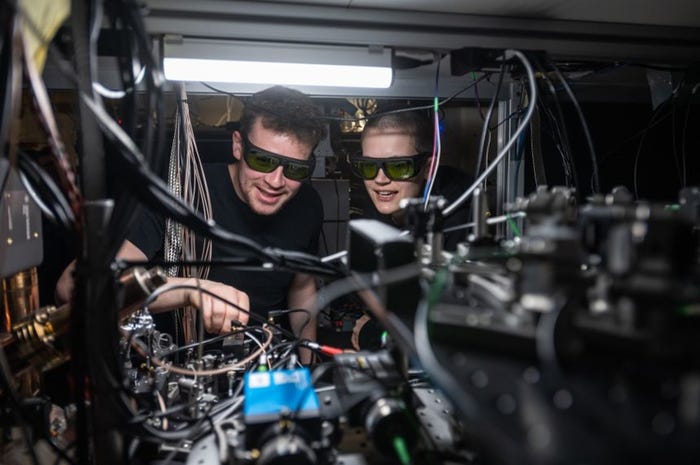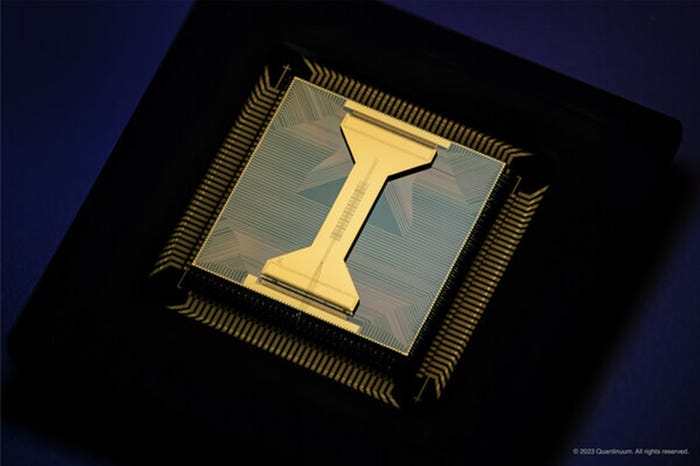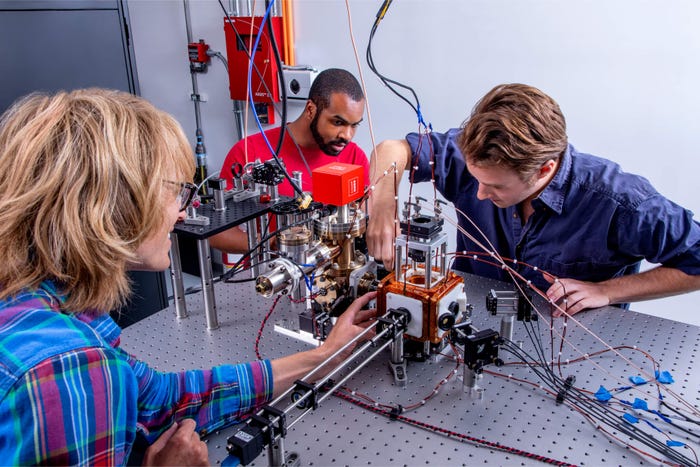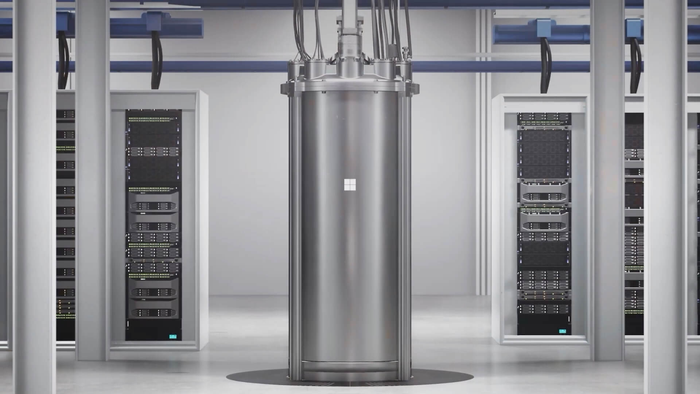
Connects decision-makers and solutions creators to what's next in quantum computing
Airbus Looks to Quantum Computing for DecarbonizationAirbus Looks to Quantum Computing for Decarbonization
Aviation industry could benefit from quantum-powered trajectory optimization, cargo loading and aircraft and fuel cell design

Air travel is a significant contributor to carbon emissions and aircraft manufacturers and operators are always looking for new ways to make flights greener.
Aerospace corporation Airbus is exploring several use cases for quantum computing and shared in a recent blog post how some of them could contribute to decarbonization.
Trajectory Optimization
Finding an efficient trajectory between origin and destination is a complex multifactor optimization problem that needs to take into account factors such as air traffic restrictions and weather patterns that change in real time.
Quantum algorithms may be able to outperform current high-performance computers in speed and accuracy. In 2023 Airbus’ Silicon Valley innovation center Acubed out a study into quantum trajectory optimization.
Efficient Cargo Loading
The two main problems with loading an aircraft are fitting all the various sizes and shapes of cargo to make use of every square inch of space and ensuring the load is distributed evenly to minimize fuel consumption.
Cargo loading is another example of the type of multi-factor optimization problem that quantum computers excel at. In 2022, Airbus carried out a use case demonstration using IonQ’s quantum computer.
To illustrate the complexity involved, according to Airbus, organizing just 20 containers with 30 packages each presents a total number of potential solutions that exceeds the total number of particles in the universe.
Fuel Cell Simulation
One promising route to flight decarbonization is using hydrogen, which releases only water vapor into the atmosphere. There are two main designs of hydrogen propulsion for aircraft: busing the gas directly or using fuel cells that produce energy through catalysis.
Airbus is working with the automotive industry to use quantum computing to design fuel cells for aviation that are lightweight yet powerful enough for takeoff.
The company is working with BMW Group to design new catalysts for fuel cells by modeling the atomic-level catalytic behavior of different candidate alloys.
Computational Fluid Dynamics for Aircraft Design
Aircraft design depends on computational fluid dynamics (CFD) which models the flow of air around the airframe to optimize its shape for aerodynamic efficiency.
CFD is challenging the limits of current energy-intensive high-performance computers.
Airbus has signed a partnership with European Research facilities, French aerospace research center ONERA and German aerospace center to investigate the potential for quantum computing to break the CFD design bottleneck for future aircraft.
About the Author
You May Also Like






